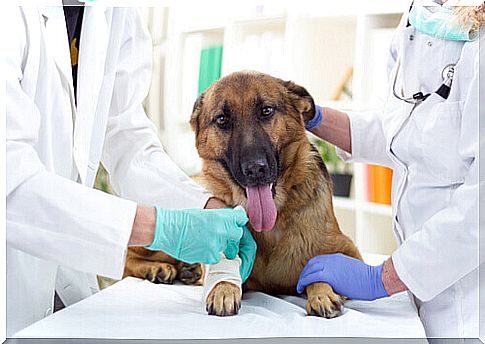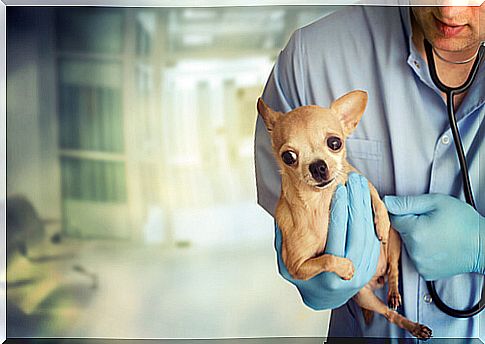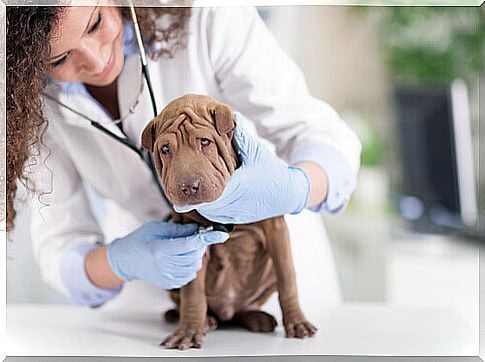How Do Veterinary Emergency Rooms Work?

Several veterinary centers and clinics offer a 24-hour first aid service. Do you know how veterinary emergency services work?
The possible accidents that require immediate intervention on our pets can be different: fractures, suffocation and objects that obstruct the respiratory system, toxic food and intoxications, complications of some problems in the middle of the night, etc.
The number of clinics and veterinary centers that have an active first aid service is always increasing when many others close, ie from eight in the evening, from Monday to Saturday, and all day on Sundays and holidays.
As regards the regulation of the same, in the absence of a national unification , each veterinary first aid service operates according to its own rules. In certain cases, the specialist will refer us to the emergency room. On other occasions, however, the owner of the animal will be alerted and decide to contact the same.
Transfer of the animal by the veterinary emergency services

Certain animal centers and clinics have their own ambulances with which to carry out the transfer in case of emergency. This service is very useful when the animal has mobility problems due to an accident, a disability from which it suffers, because it is elderly, etc. These services are used even if the owner is an elderly person or if he does not have the appropriate means to transfer his pet.
However, having your own ambulance is not usual, so it is not surprising if you will have to resort to a taxi to take the animal to the emergency room, or ask family, friends, etc. for a favor.
Taking the animal to the veterinary emergency room is a very delicate task. In the event of an accident or fracture, call your vet. The doctor can give you some advice so that the transfer in a private vehicle is safe for the animal.
In general, it must be considered that if you make the journey by car, the dog must not travel on the floor. Any sudden braking would pose a danger. The ideal is to use a suitable carrier or one tied to the rear seats.
Characteristics of an ambulance for dogs and cats
At first glance, an ambulance for cats and dogs is not very different from those used for humans. However, some changes will need to be made within the veterinary transport vehicle in order to adapt it to hairy patients.
The first aspect to consider is to leave space in the rear area of the vehicle, where the animal will travel . This way, if the dog is large, around 20 or 30 kg, he can be comfortable during the transfer. The stretchers are opened so that the animal can enjoy a comfortable ride and keep the legs stretched.
As for the equipment necessary for the transport of dogs and cats in a special ambulance, we find cages, oxygen, disinfectant material, microchip reading devices, bandages and other materials and equipment necessary for veterinary first aid such as pet carriers, leashes, muzzles and safety harnesses for dogs, in addition to what is necessary in case of urgent situations.
In addition, certain ambulances collaborate with some animal protection associations.
Some advice in case of an emergency

-
You must have informed yourself and have located the veterinary centers and clinics near your home that have a first aid service
. Time can be golden in certain situations.
-
We should always have the telephone numbers of these centers close at hand
. We may need it at the most unexpected moment.
- It may also happen that some emergencies are not all that important. The best thing to do,
if the situation does not appear to be too serious, contact the clinic veterinarian
before carrying out the transfer of our animal, for example, in the middle of the night.
-
Some private dog insurances have emergency coverage
. It is important to read the contracts well, especially what is written in small print.
-
Dog bites, bleeding wounds, complicated caesarean sections and poisoning are the most frequent cases
in a veterinary emergency room.








